Trillion ton iceberg breaks off Antarctica
Scientists disagree about whether climate change contributed to the split
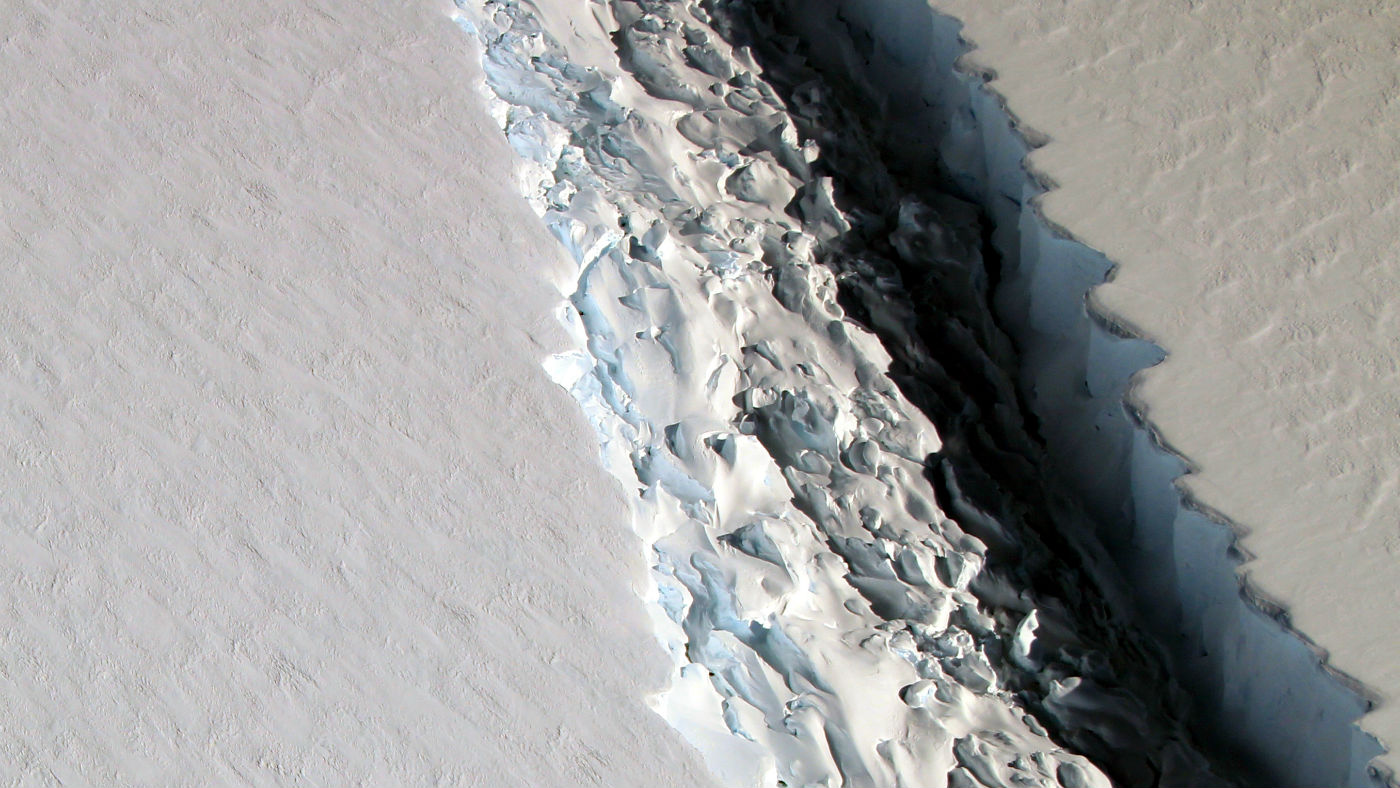
An iceberg measuring twice the size of Luxembourg has broken away from Antarctica.
Scientists from the UK-based Project Midas had been monitoring the break in the Larsen C ice shelf - the fourth largest in Antarctica - following the collapse of the Larsen A ice shelf in 1995 and observed significant advances in the rift over the past 12 months.
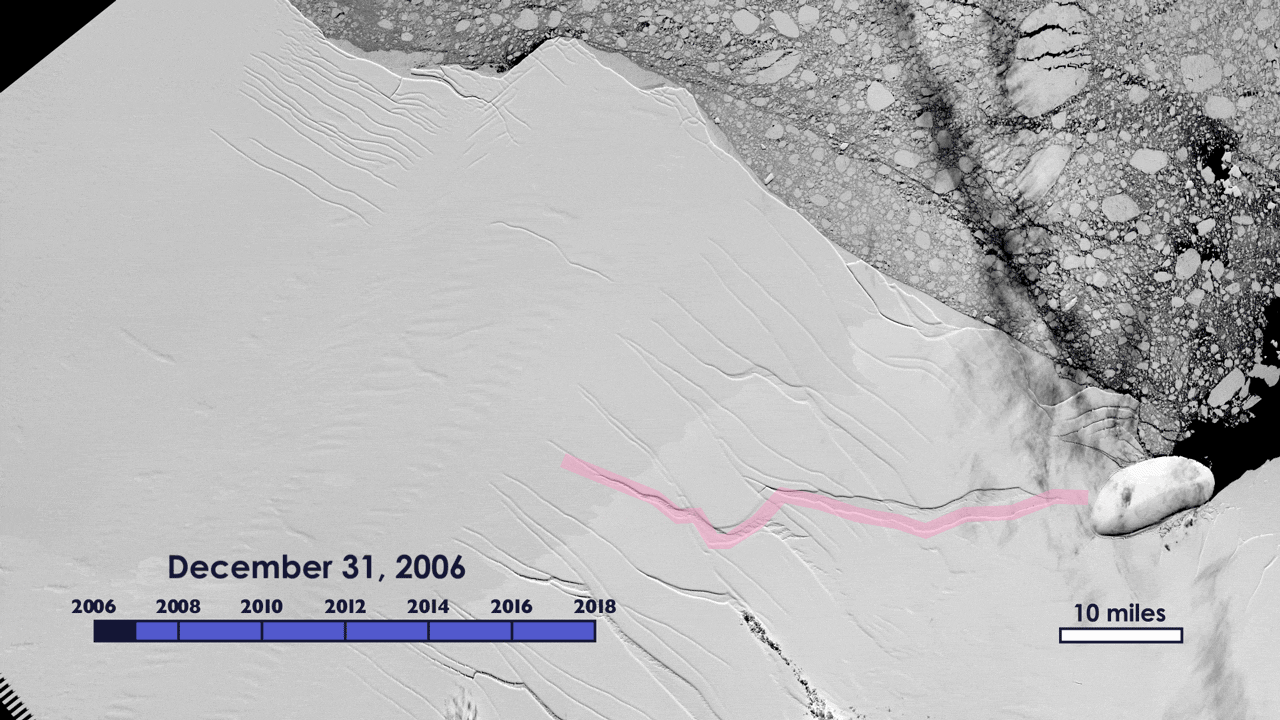
The new iceberg, weighing more than a trillion tons, is now at the mercy of the ocean currents and could last for decades in the open seas, "creating an extra hazard for ships around the continent as it breaks up", says Reuters. It has an area of 2,239 sq miles (5,800 sq km).
The Week
Escape your echo chamber. Get the facts behind the news, plus analysis from multiple perspectives.

Sign up for The Week's Free Newsletters
From our morning news briefing to a weekly Good News Newsletter, get the best of The Week delivered directly to your inbox.
From our morning news briefing to a weekly Good News Newsletter, get the best of The Week delivered directly to your inbox.
Speaking to CNN, Professor Adrian Luckman of Swansea University, said that while the birth of the huge iceberg might look dramatic "the event does not directly affect anyone, and repercussions, if there are any, will not be felt for years".
"However, it is a spectacular and enormous geographical event which has changed the landscape," he said.
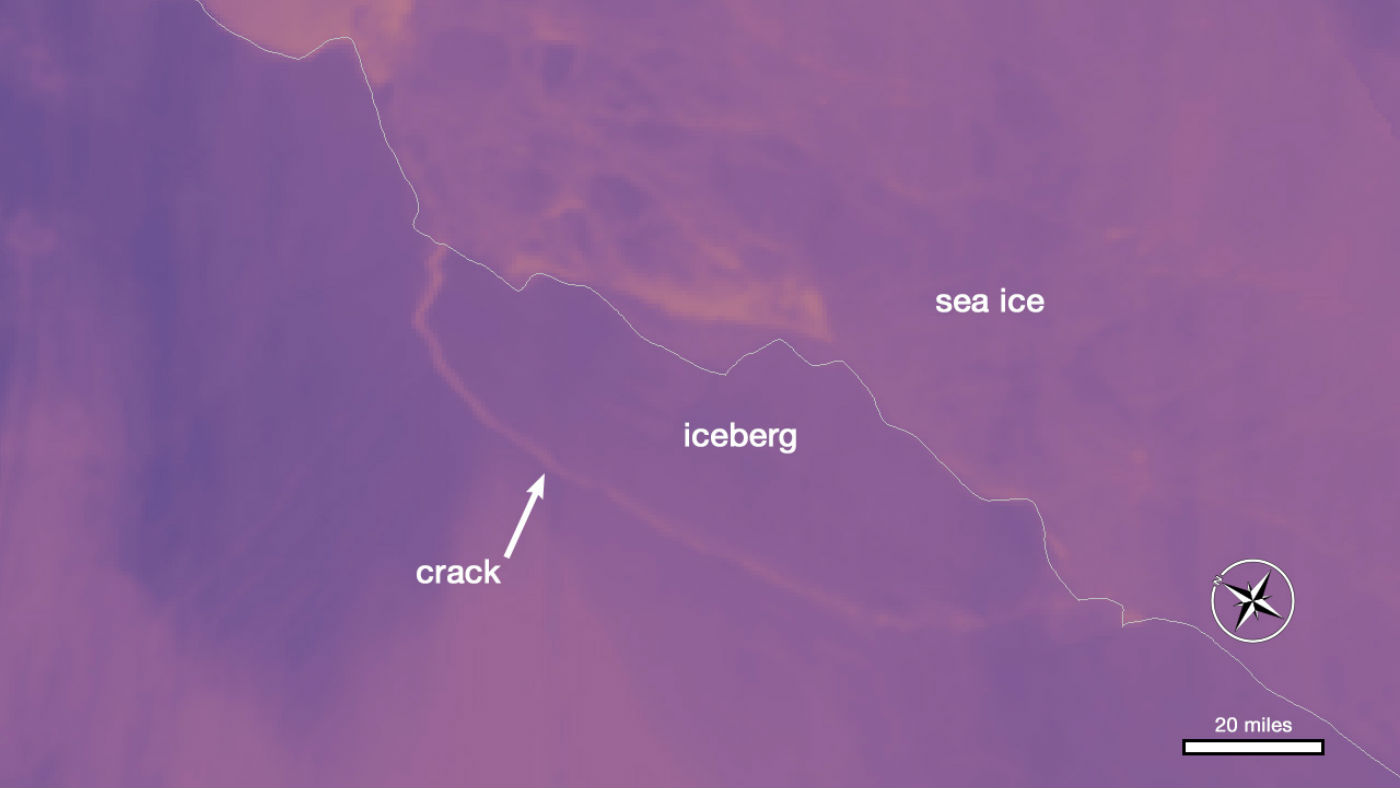
Attention has now turned to the cause of the split. Big icebergs break off Antarctica naturally, "meaning scientists are not linking the rift to manmade climate change", says Reuters.
But "while there is no evidence that the calving of the giant iceberg is linked to such processes", says The Guardian, Twila Moon, a glacier expert at the US National Ice and Snow Data Center, told the paper that climate change could have made the situation "more likely".
A free daily email with the biggest news stories of the day – and the best features from TheWeek.com
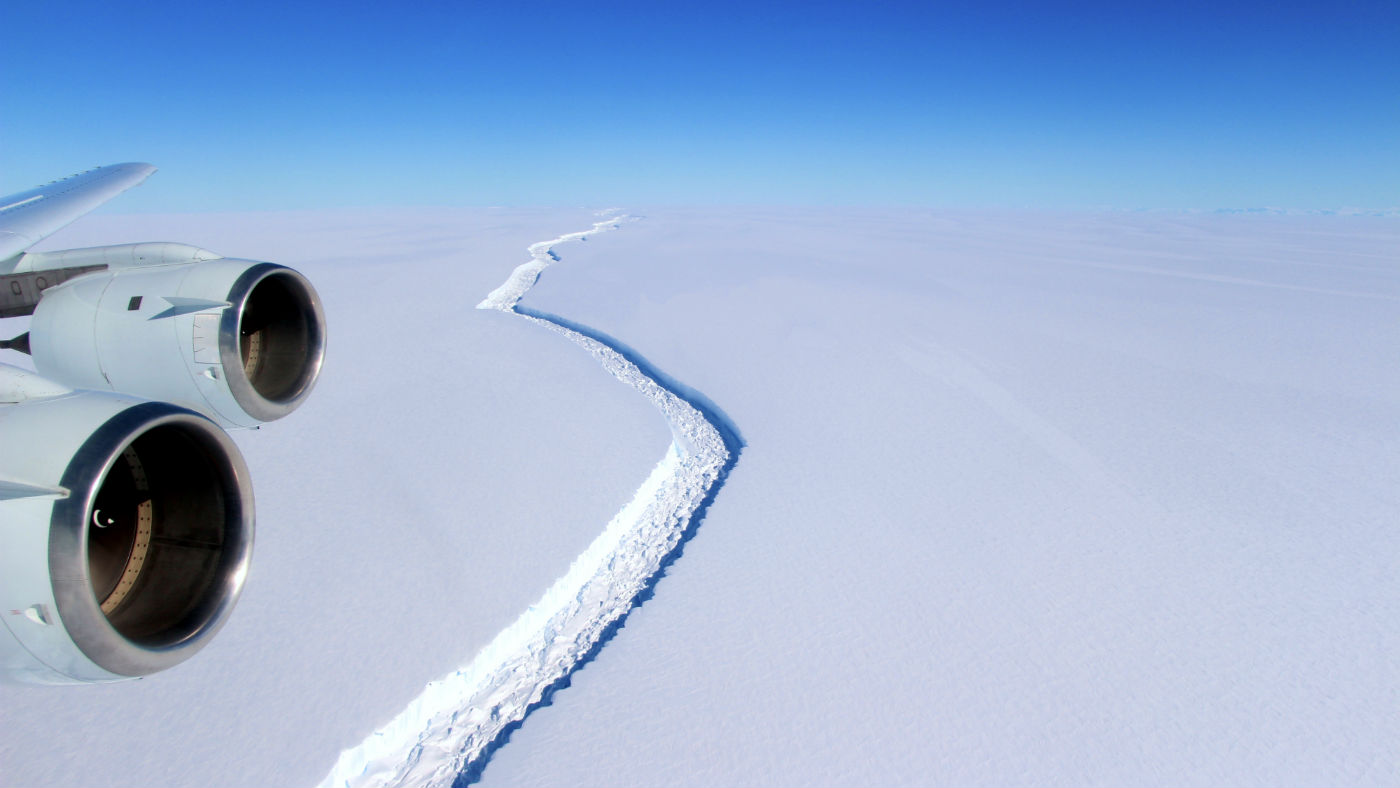
n area of 2,239 sq miles (5,800 sq km),
-
 Pakistan: Trump’s ‘favourite field marshal’ takes charge
Pakistan: Trump’s ‘favourite field marshal’ takes chargeIn the Spotlight Asim Munir’s control over all three branches of Pakistan’s military gives him ‘sweeping powers’ – and almost unlimited freedom to use them
-
 Codeword: December 6, 2025
Codeword: December 6, 2025The daily codeword puzzle from The Week
-
 Sudoku hard: December 6, 2025
Sudoku hard: December 6, 2025The daily hard sudoku puzzle from The Week
-
 Femicide: Italy’s newest crime
Femicide: Italy’s newest crimeThe Explainer Landmark law to criminalise murder of a woman as an ‘act of hatred’ or ‘subjugation’ but critics say Italy is still deeply patriarchal
-
 Brazil’s Bolsonaro behind bars after appeals run out
Brazil’s Bolsonaro behind bars after appeals run outSpeed Read He will serve 27 years in prison
-
 Americans traveling abroad face renewed criticism in the Trump era
Americans traveling abroad face renewed criticism in the Trump eraThe Explainer Some of Trump’s behavior has Americans being questioned
-
 Nigeria confused by Trump invasion threat
Nigeria confused by Trump invasion threatSpeed Read Trump has claimed the country is persecuting Christians
-
 Sanae Takaichi: Japan’s Iron Lady set to be the country’s first woman prime minister
Sanae Takaichi: Japan’s Iron Lady set to be the country’s first woman prime ministerIn the Spotlight Takaichi is a member of Japan’s conservative, nationalist Liberal Democratic Party
-
 Russia is ‘helping China’ prepare for an invasion of Taiwan
Russia is ‘helping China’ prepare for an invasion of TaiwanIn the Spotlight Russia is reportedly allowing China access to military training
-
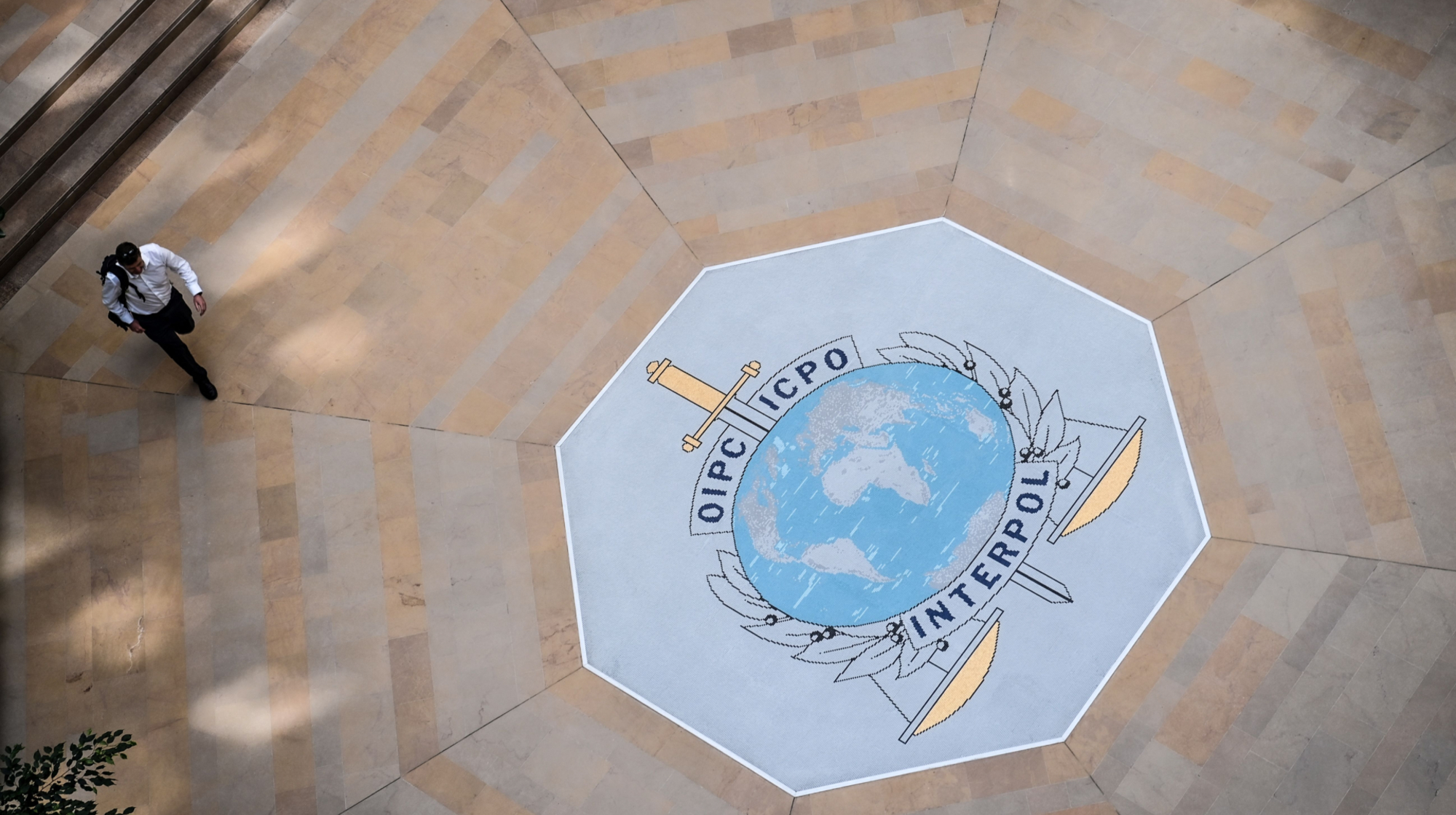 Interpol arrests hundreds in Africa-wide sextortion crackdown
Interpol arrests hundreds in Africa-wide sextortion crackdownIN THE SPOTLIGHT A series of stings disrupts major cybercrime operations as law enforcement estimates millions in losses from schemes designed to prey on lonely users
-
 China is silently expanding its influence in American cities
China is silently expanding its influence in American citiesUnder the Radar New York City and San Francisco, among others, have reportedly been targeted